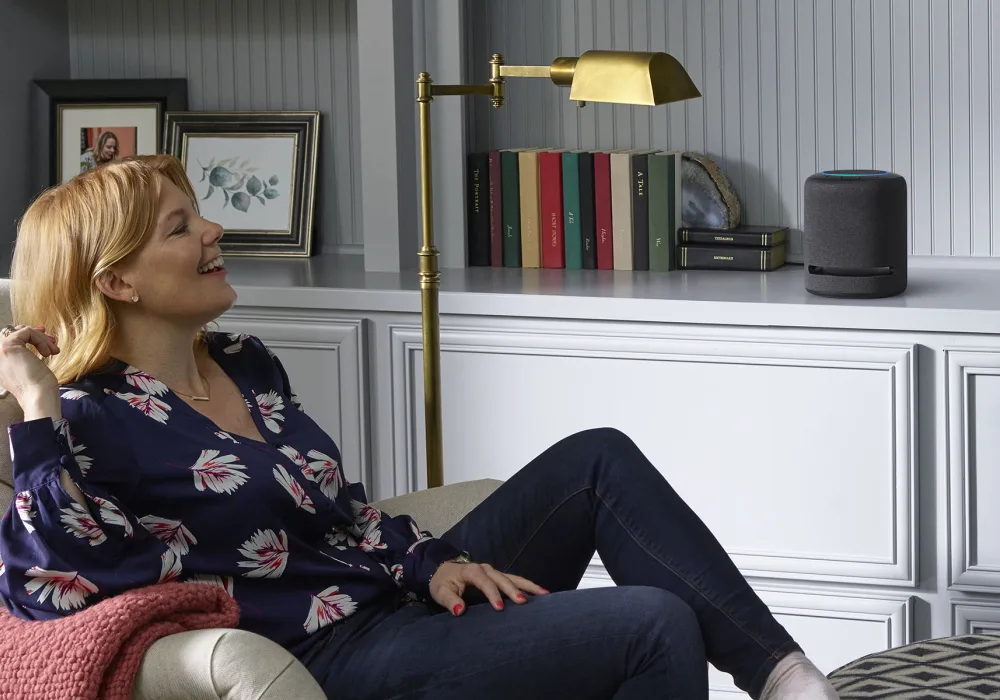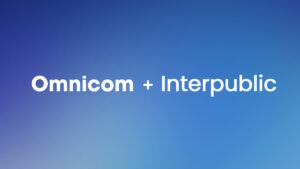Smart speaker advertising elicits a substantial increase in brain activity when compared to standard audio ads, according to research by Neuro-Insight, commissioned by Octave Audio, Say It Now, and Xaxis.
The study examined a 30-60 second conversation with a voice assistant versus listening to standard broadcast radio ads, monitoring cognitive functions including long-term memory, engagement, emotional intensity, approach/withdrawal, and general attention.
“The findings amplify the importance of strategic, addressable audio campaigns,” said Charlie Brookes, Director at Octave Audio. “Optimising ad placements and smart speaker conversations enables brands to start the right interactions with the right listeners. Rapid smart speaker adoption is driving innovation for audio advertising capabilities, making it an exciting time for brands to explore audio’s influence on audiences.”
It found that branded smart speaker ads trigger a 25% increase in overall brain activity when compared to branding in standard audio ads. Some of the uplifts observed include a 26% increase in general attention, a 17% hike in the intensity of emotional responses, and a jump of 11% in memory-based responses. Furthermore, the research found that brands moments were 11% more memorable when consumers engaged in a conversation with an ad via a voice assistant.
Meanwhile, voicing a brand’s name back to a smart speaker was found to generate a 30% uplift in overall levels of brain response compared to a standard ad, and hearing a smart speaker reply delivered 24% higher levels of positive emotional response.
“The evidence is clear: when consumers have a conversation with a branded advert via a voice assistant this fires up their brain and they are more likely to respond positively,” said Charlie Cadbury, Say It Now CEO. “By allowing consumers to converse with brands and seamlessly conduct searches and purchases, actionable audio adverts drastically minimise friction in the consumer journey and deliver results. Brands can use actionable audio adverts to harness smart speakers’ potential for creating emotional impact and forming meaningful connections with target audiences.”
Overall, interactive ads drive 2.3 times more left-brain memory peaks than standard audio ads.
“The research proves the ability of audio campaigns for connecting brands and listeners. To maximise audio’s power for capturing fragmented consumer attention, advertisers need to consider how to add value to the consumer journey,” said Tilly Sheppard, Product Manager at Xaxis. “Understanding the context of user interactions, what they’re doing at the time, and where they are in the funnel can have a great impact on campaign performance. Whether advertisers are looking to improve brand consideration or drive both low- and high-consideration purchases- interactive audio adverts help to cut through.”
*Octave Audio is a client of Bluestripe Communications, owned by Bluestripe Group, owner of NDA








